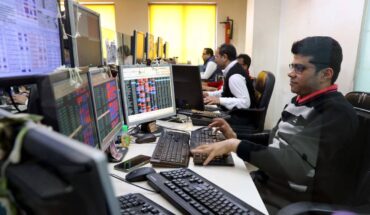The latest string of official numbers, including almost-record GST collections, healthy direct tax inflows, strong manufacturing and exports, provide some confidence that the economy has lurched back from the danger zone for the second time in less than a year owing to the COVID-19 pandemic. But the healing is still too uneven. GST revenues in October, for transactions done in September, crossed Rs 1.3-lakh crore. The Finance Ministry believes this kitty would have been higher if sales of cars and products dependent on chips were not afflicted by shortages. If September’s activity reflects pre-festive stocking, the actual festive spending (October-November) may keep GST numbers propped up, but it would be critical to wait for the post-celebration trajectory. October has offered mixed signals so far — manufacturing has seen a surge in output and new orders, domestic and global, but continues to shed jobs, as per the IHS Markit Purchasing Managers’ Index. Growth engines will remain throttled rather than go full throttle towards the Centre’s $5 trillion goal for the economy, unless consumption and investment bounce back. With the token tax cuts on petrol and diesel, the Government is clearly changing tack from narratives about the high fuel taxes funding free vaccines and welfare schemes that can only hold legs for some distance. It may need to follow up with more tax cuts as global prices are expected to firm up further. The urban poor have been hit the hardest by the high inflation prevailing since the pandemic’s onset in 2020. They, along with the much-celebrated Indian middle class, have the highest propensity for upward spending on consumer durables, homes, two-wheelers, and so on. Beyond a point, people would also like to be self-reliant just as the nation aspires to be, and that would trigger a virtuous cycle for the economy.





